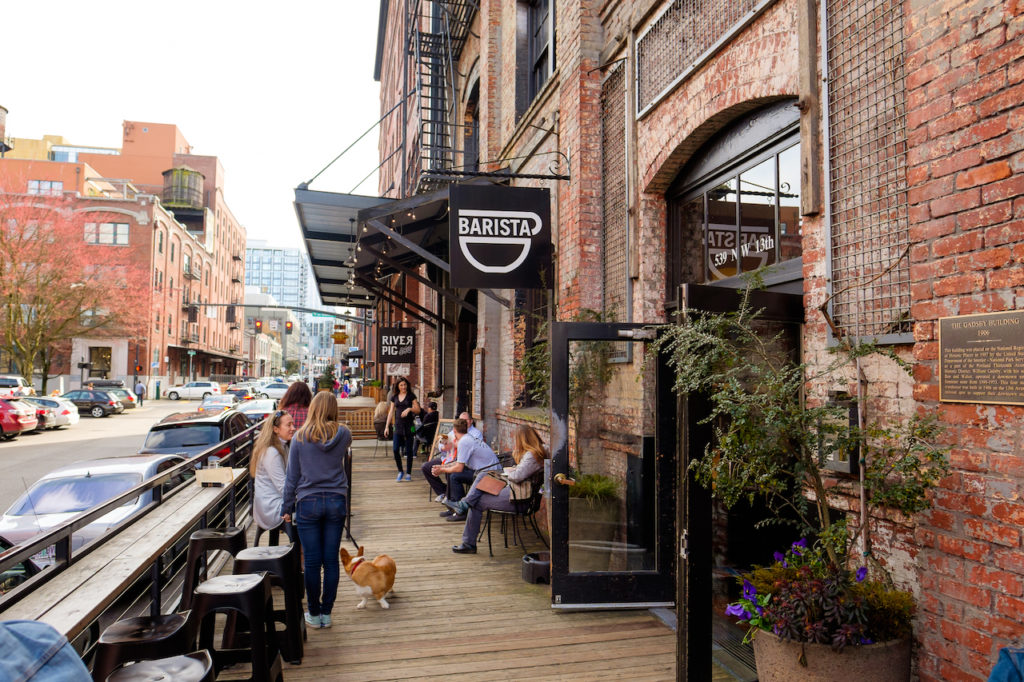
Welcome to Portland, the City of Roses! You might think living in Portland is exactly like what you see on the show Portlandia, and, in reality, it nearly is. But, it’s also so, so much more. While Portland has its fair share of independent bookstores, hipsters, and bike-friendly streets, it’s also home to professional sports teams, local breweries, and massive parks with hiking trails. We’re giving you everything you need to know before living in Portland.
A quick summary of what to know before moving to Portland
- Cost of living – Portland is ranked 29 on our list of most expensive cities.
- Weather – Portland’s average annual low temperature is 45 degrees and its high stays around 63 degrees.
- Neighborhoods – Portland is divided up into the NE, NW, SE, SW areas. Anything “west” means it’s west of the Willamette River; anything “east” is east of the river.
- Entertainment – Breweries, rose gardens, and soccer games are just a few “must do” activities.
- Transportation – Portland’s public transportation system, the TriMet, operates bus, light rail, and commuter trains throughout the metro area.
Read on for a full description of life in Portland, OR and what to keep in mind before making your move.
Cost of living in Portland

Overall, it isn’t too expensive to live in Portland, Oregon compared to other major cities. Here are some facts and figures about the average cost of living in Portland,OR.
- Rent: The average cost to rent a 1-bedroom apartment is $1,470 and $1,800 for a 2-bedroom. These rates make renting in Portland a more affordable option than other cities.
- Transportation: Monthly transit passes will cost around $100 on average. We’ll go into more detail on transportation options later.
- Taxes: Rejoice! Portland is sales-tax-free, so your meals and purchases will cost exactly what the price tag or menu says.
- Food: Residents in Portland spend around $5 on a craft beer and $14 for a meal at a restaurant. And no sales tax means that’s exactly what they pay (minus a tip, of course).
Cost of utilities in Portland
- Utilities: the average cost of utilities for a 915-square-foot apartment is around $197.
- NW Natural: Gas
- Portland General Electric: Electricity
- Waste Management of Oregon: Trash and recycling
- Portland Water Bureau: Water and sewage
- Internet: internet services range from $45-$90. Below are the largest providers in the Portland area.
Portland weather
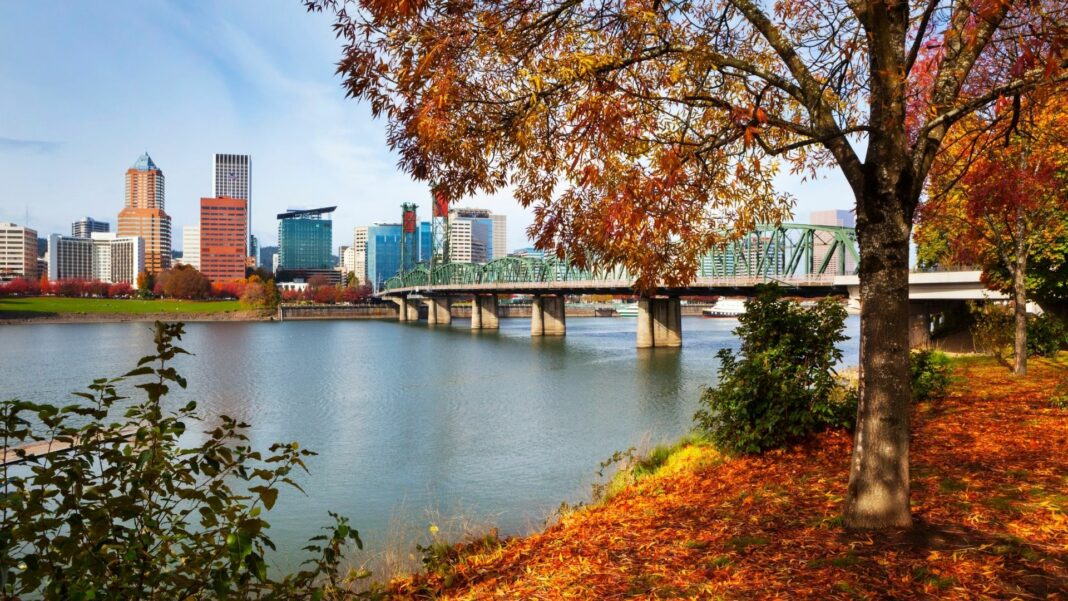
Moving to the Pacific Northwest means you’ll experience pleasant temperatures and all four seasons. The climate in Portland can be summarized by dry, warm summers and cool, rainy winters. After all, the city is nicknamed for its favorable rose going climate, so you can be sure the climate will be favorable for its residents. Portland averages a little over 35 inches of rain per year, but just 4 inches of snow annually. Luckily, if you’re a snow bunny, you can head to nearby Mt. Hood where you can ski or snowboard on some fresh powder. Portland’s average annual low temperature hovers around 45 degrees and its high stays around 63 degrees. You’ll get some humidity in the summer months, but the fairly cool temperatures balance it out so it won’t feel as oppressive as it does in places like Miami or Atlanta. Best of all, you’ll get to experience four distinct seasons in Portland.
Portland neighborhoods
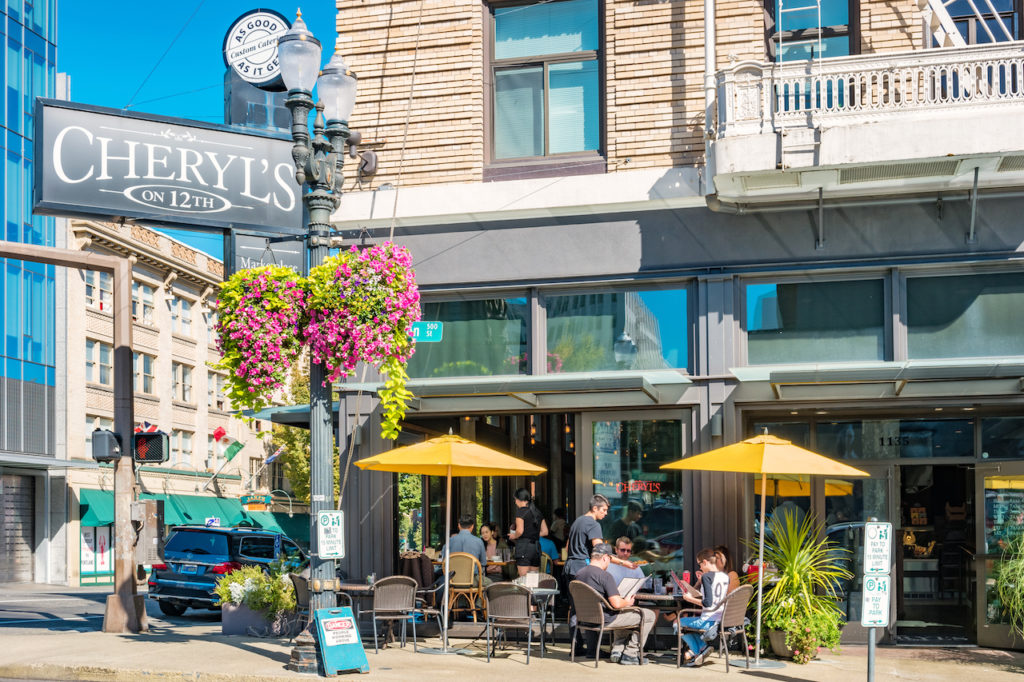
Portland is divided up into the NE, NW, SE, SW areas. Anything “west” means it’s west of the Willamette River; anything “east” is east of the river. Neighborhoods within those areas include the following:
- Northwest District: This district is home to a few neighborhoods, including trendy Slabtown. Here, you can dine at the beloved Pok Pok, stop in at the shops along NW 23rd Ave., and see a movie at historic Cinema 21. The Northwest District is just north of the Pearl District and is just a short, 10-minute drive to Washington Park. Forest Park, a 5,000+ acre area with hiking trails and bird-watching spots, is a few miles north, as well.
- Downtown Portland: Home to Portland State University, the iconic Powell’s City of Books, and the Portland Sunday Market, Downtown Portland is a microcosm of the city. It features both locally-owned shops and chain restaurants, art museums, and concert venues. Its eastern border runs along the Willamette River and Hawthorne Bridge–the country’s oldest vertical lift bridge still in operation–connects the neighborhood to Southeast Portland.
- Pearl District: Neighboring Downtown, Pearl District is a revitalized former warehouse district. If you’re looking to do some brewery hopping, you’ve come to the right neighborhood; in fact, it’s one of the reasons Portland ranked #2 on our list of Best Cities for Beer Drinkers.
- Mississippi Ave.: Foodies and wanderers alike love this area, with bars, vintage shops, and a food truck park centered around Mississippi Avenue in Northeast Portland. The neighborhood has a tattered past, though. What once was one of the only neighborhoods in which Black communities were allowed to live due to discriminatory practices, the gentrified region of the city has all but pushed those communities out with rent prices soaring. Still, young people flock to its streets for shopping, entertainment, and dining.
- Alberta Arts District: This lively and trendy neighborhood is centered around its main thoroughfare, NE Alberta Street, and for good reason. Locals take to the street for everything from local, hip coffee shops to vegan eateries with sunny patios. Hit up Last Thursdays on Alberta, a 15-block art walk showcasing some of the best local art around, and stop one of the first Salt & Straw ice cream shops to get your sweet tooth fix.
Things to do in Portland
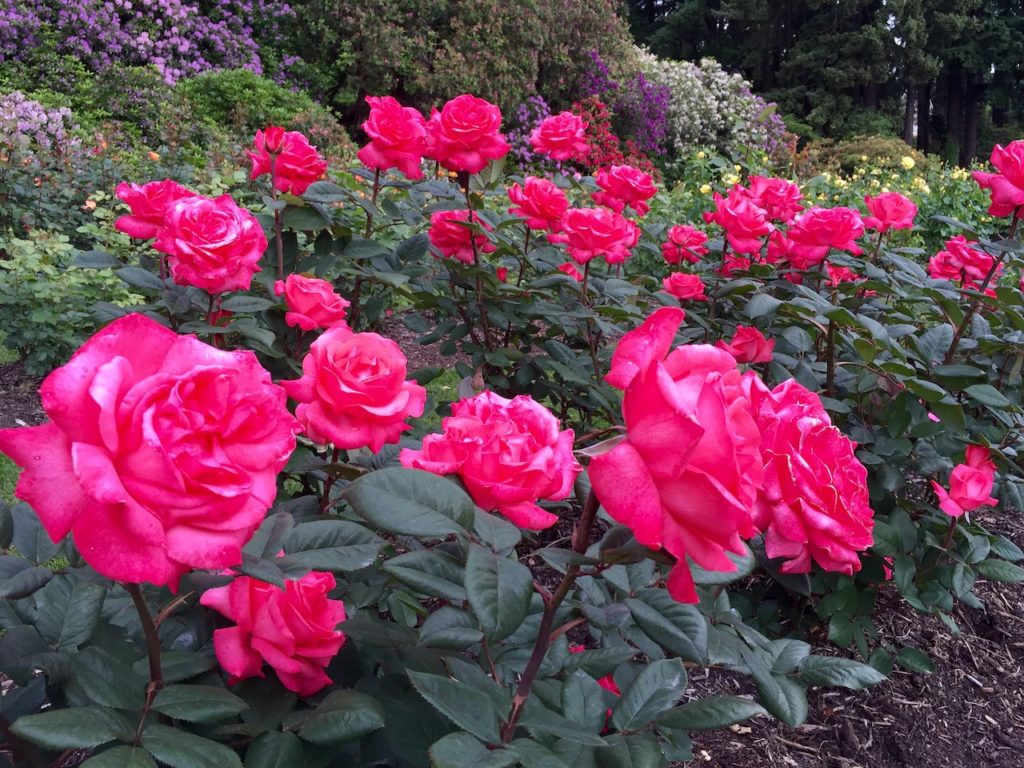
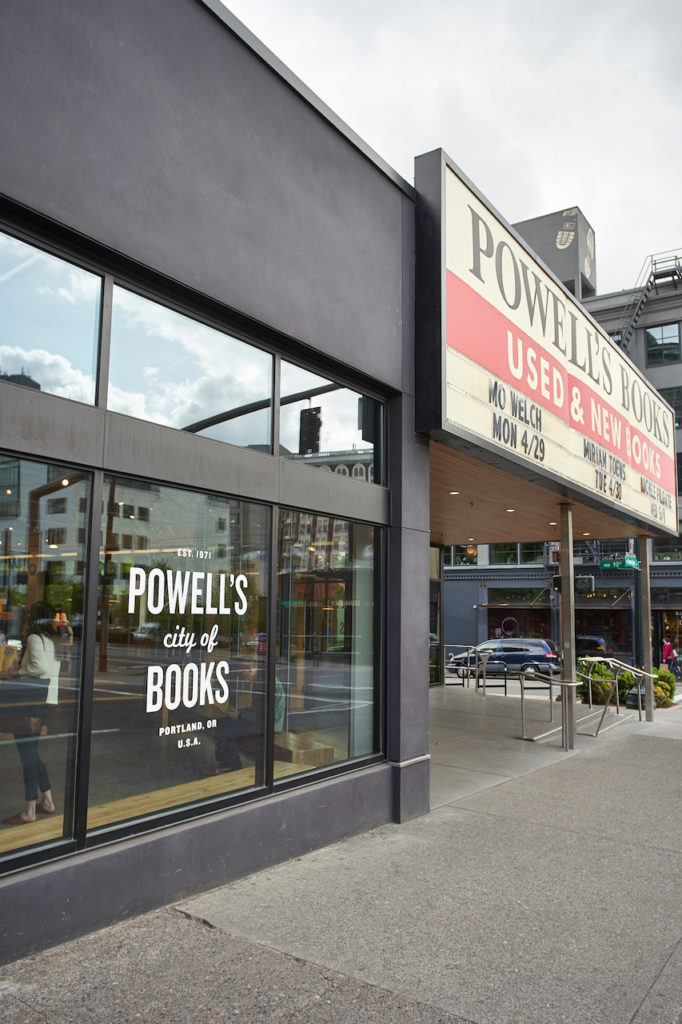
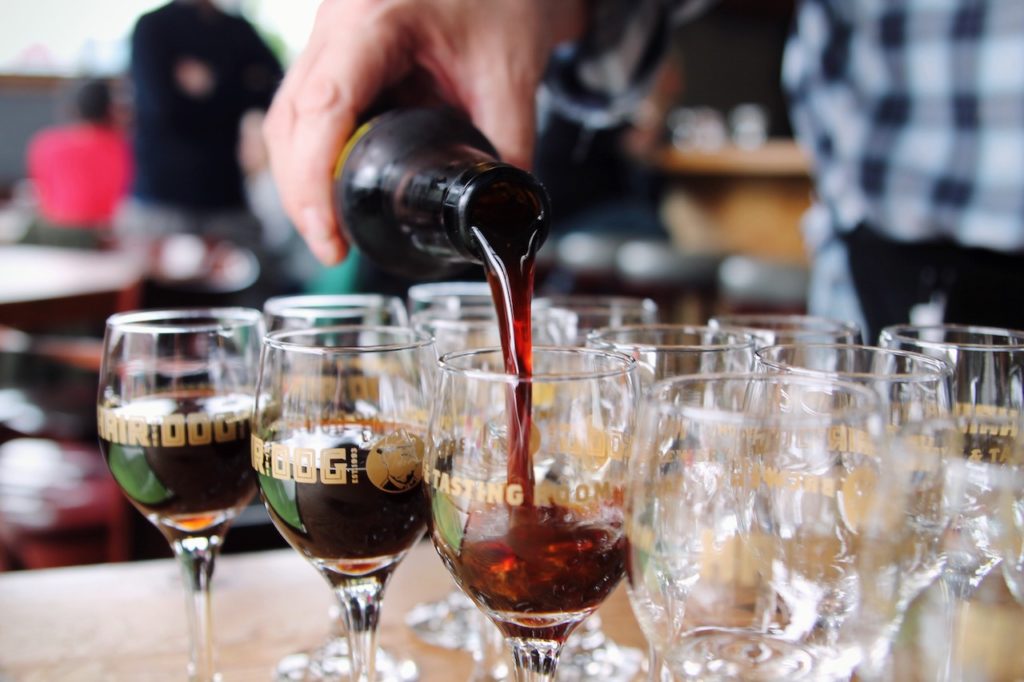
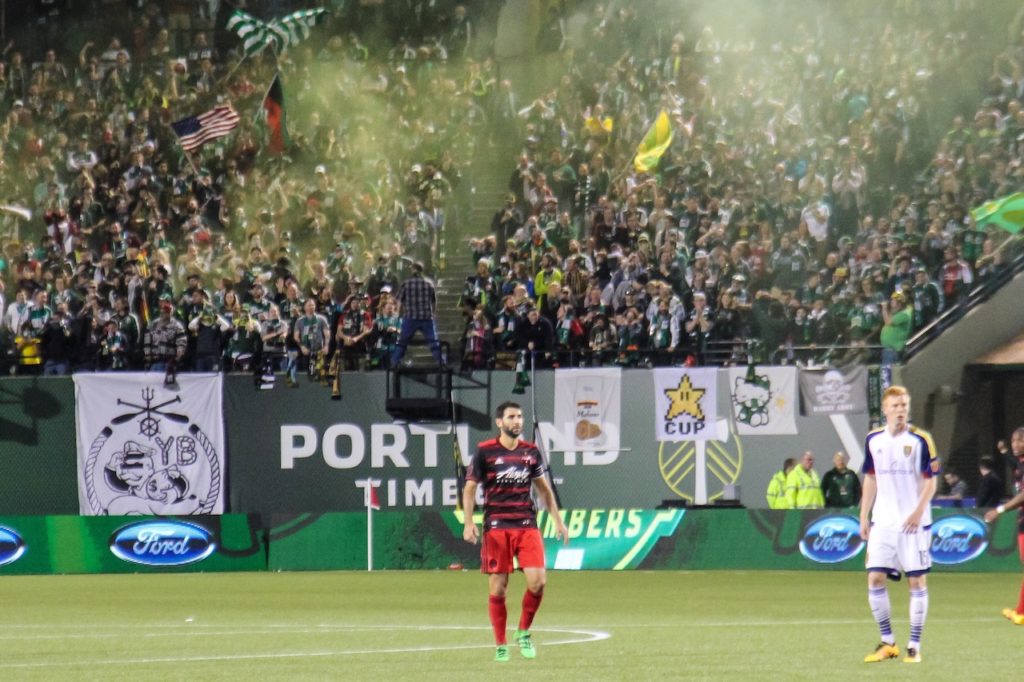
It’s not called the City of Roses for nothing. You’ll definitely want to make it a point to check out the International Rose Test Garden located inside Washington Park. The garden features over 650 varieties of roses, 10,000 rose bushes and draws more than 700,000 visitors per year. Once you get your outdoor fix, keep the party going and head to a professional soccer game; both the Portland Timbers (MLS) and Thorns (NWSL) play home games at Providence Park, just a mile away from the garden. Jump into the Portland craft beer scene and book a brewery tour around Downtown Portland or create your own. Hit up the famous Powell’s City of Books; it’s definitely a tourist hot spot, but you’ll still find an incredible selection of new and used books there. Downtown Portland is where you’ll find the city’s art museum and The Oregon Zoo is easily accessible by public transportation to Washington Park.
Getting around Portland
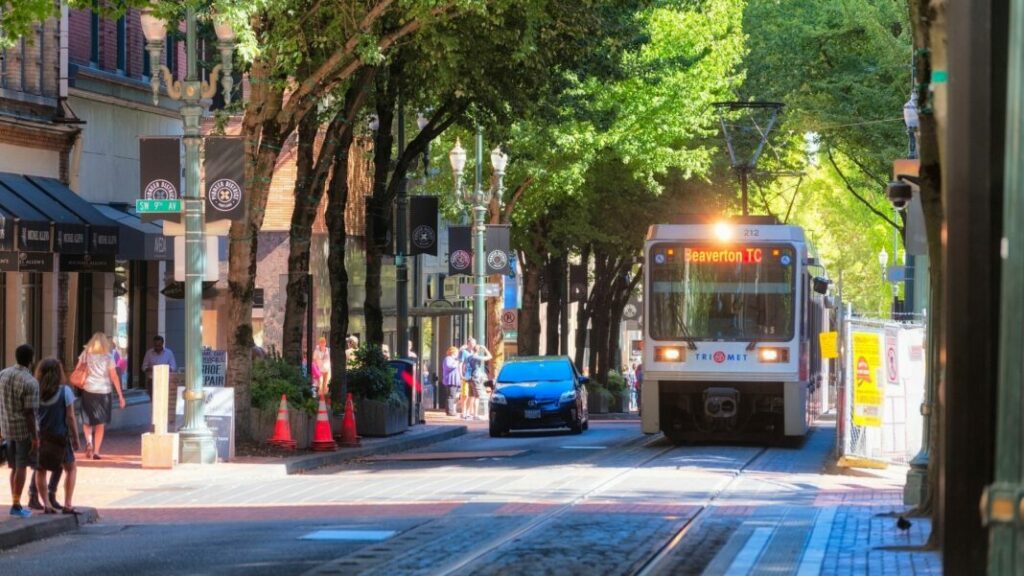
Knowing how to get around your new city is important when relocating. Portland’s public transportation system, the TriMet, operates bus, light rail, and commuter trains throughout the metro area. Use the Trimet Trip Planner to see the fastest route. Although the system covers some ground, locals will tell you they usually don’t rely on it for getting around their neighborhood or even between neighborhoods. Bottom line: Portland is a great place to have a car. Bikes are also a major form of transportation here, as many residents get around on their pedal-operated set of wheels. The city even offers a bike share program, with over 1,500 bikes available for renting across downtown and other Portland neighborhoods.
How to get to Portland
From out of state, catch a flight into Portland International Airport. The city is easily accessible via the MAX Red Line, or you can hop in a cab and cruise directly to your new spot. If you’re driving, Portland is located conveniently off of Interstate 5.
Frequently asked questions about moving to Portland, OR
Portland has everything from old Victorian buildings turned apartments, to new build condos and high rise luxury buildings. Whether you’re looking for old Portland charm, or new sleek design, there’s many options for rentals.
Don’t overlook Portland’s bike paths. The Eastbank Esplanade, Tilikum Crossing, and Waterfront Park Trail are three popular routes that Biketown, Portland’s bike share system, recommends. Or, take yourself on a tour of the city and enjoy its bike-friendly streets.
Head out of the city limits and explore. Oneonta Gorge is a bit of a tourist spot these days, but still worth at least one visit. Mt. Hood is ripe with long hiking trails, kayak-friendly lakes, and open campgrounds. Cannon Beach offers ocean hikes, tide pools, beaches, and bird watching all just an hour and a half drive from Portland.
Attend the annual Portland Fermentation Festival. From hard cider to pickles, this festival celebrates all of our favorite fermented foods and drinks. Don’t miss the annual Oregon Brewers Festival, a festive, four-day event that takes place at Tom McCall Waterfront Park. You’ll get the chance to drink plenty of local beer, wine, and hard cider along the Willamette River.
Does Portland sound great or what? Use Zumper to search thousands of apartments and find the perfect one before you head to the City of Roses!



